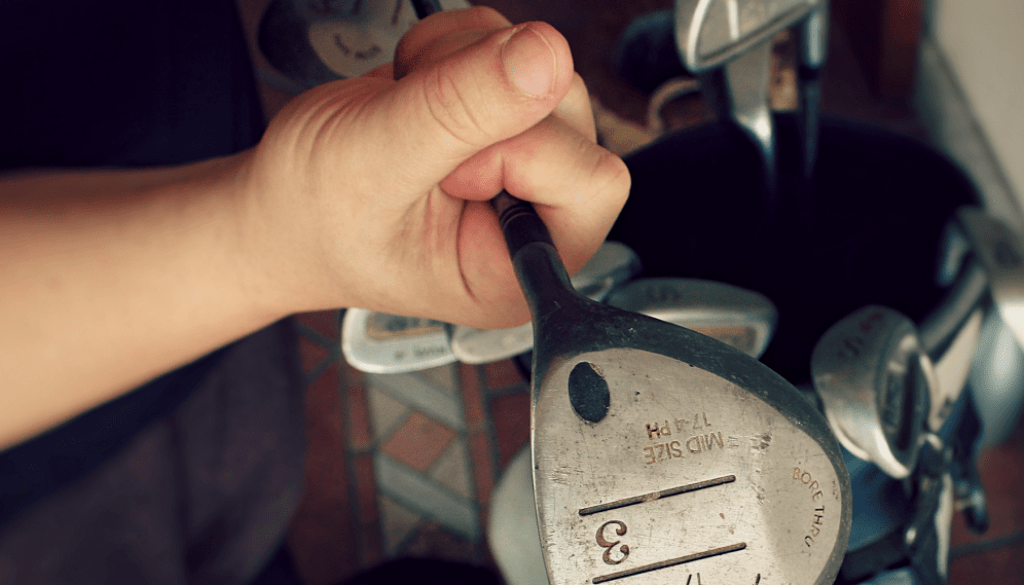What to evaluate when choosing an improper weapon
When we are forced to face one or more attackers, an improper weapon may represent the advantage that will allow us to prevail (maybe even without having to fight).
However, improper weapons are different from proper for a single factor, they were not created to fight; they may have some drawbacks that instead of helping us might, on the contrary, put us in difficulty.
Let’s see, therefore, what it is useful and important to learn to evaluate (instantly and instinctively) choosing an improper weapon.
In order of importance:
- Accessibility. The weapon can be immediately collected and used, or should be removed, altered, assembled and / or analyzed more in detail?
- Deterrence. The weapon dangerousness is recognizable by the opponents? Holding the weapon can scare the attackers enough to cause them to flee?
- The hazard. To handle the weapon is it risky for us? We risk unnecessarily to hurt us?
- The handling. We can effectively grasp and / or in a “balanced” way the weapon or is too rough / irregular?
- Our skill. Is it a weapon that can we fully control or that, somehow, we have already tried to use?
- The effectiveness. It is really the most effective weapon available in terms of control of the opponents and ability to prevail? Better than our hands?
- Durability. How tough? How many times we can attack or defend ourselves before the weapon lose its effectiveness (ruptures, becoming useless, etc.)?
- The volume. The weapon is too large / small compared to our current spatial needs (scenario and us)?
- Weight. A heavy object stands for power, but also inertia, fatigue, difficulty to control and, sometimes, direct lifting difficulty
- The aerodynamics. The weapon can be manipulated so easily to remember us a “professional tool” learned during training (eg. sword, chain, etc.)?
- The quantity. It can also make use of the adversary? How many we can use (simultaneously or sequentially)?
These are the most important thing we have to think about as fast as we can in a real situation. In the next article we will see, roughly what the “ideal” parameters specific for each type of weapon.
Author: Master Kongling
Founder of 6 Dragons Kung Fu.How to master 6 Dragons Kung Fu?
Are you searching for:
- Daily training exercises?
- Synthetic theory and concepts?
- A step by step path from white to black belt?
- A path (clear, consequential and gradual) designed to build real martial skills?
- A direct contact with Master Kongling?
Go to our Patreon page and choose a training plan: starting from the Practitioner level, you will gain access to all this and much more.
Inside each Premium Lesson, you will receive the same teaching (practices, tips, concepts, small secrets and corrections) reserved to the live students of Master Kongling.
Important - Once a certain number of registrations are reached, no other participants can be accepted. For more information write to: [email protected].










March 1, 2019 @ 2:27 pm
Can you make some examples?
March 4, 2020 @ 8:49 pm
:O
March 10, 2020 @ 2:23 pm
🙂
June 22, 2020 @ 5:11 pm
Where can I buy the book about improper weapons?
June 23, 2020 @ 10:25 am
Write me by e-mail at [email protected]
October 26, 2023 @ 1:47 pm
This sounds fantastic, I cannot find your book regarding the improper weapons theme…